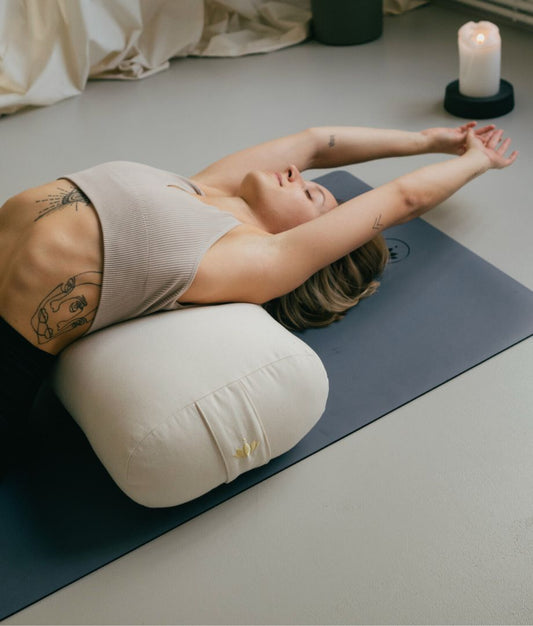
Set-Offers
Save when you buy a set
Shopping cart
Your shopping basket is empty
Yoga
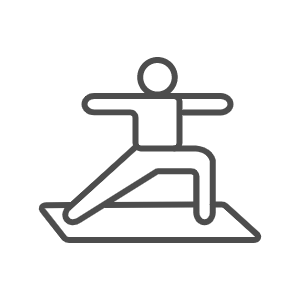
Meditation
Bundles
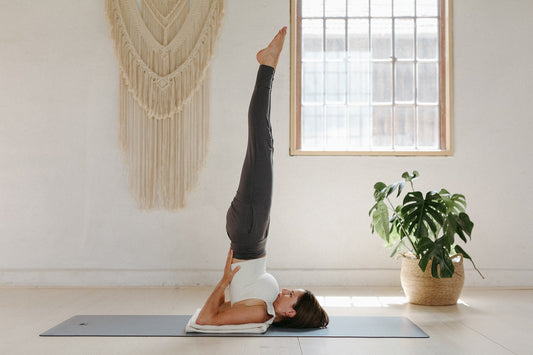
| Yoga

Some of you probably know the Shoulderstand (Sarvangasana) from childhood: The “candle” was one of the exercises that I liked best in elementary school physical education. At that time, however, I was not very involved with yoga and therefore did not yet know what great effects the shoulder stand actually has - otherwise I would never have stopped practicing it.
Now, almost 25 years later, the asana has won my love back. That's why today we're going to look at the shoulder stand together.
Hold the pose for a few minutes before exiting in a controlled manner or transitioning into another asana, such as the plow.
The head is crooked: Please make sure to keep your head straight so as not to unnecessarily strain your neck and neck area. Auxiliary lines on the yoga mat can be very helpful here, but a mirror or a selfie video will also work.
I already spoke briefly about the effect of the shoulderstand at the beginning - here we take a closer look at the effects of the asana:
First of all: pain is not a good sign - in any asana. Please always pay attention to your body's signals, especially when it shows you that a limit is being reached or exceeded.
If your head or neck becomes uncomfortable or even hurt during or after the shoulderstand, there can be various reasons. In most cases, the complaints come either from tension or strains, for example because the head was not held straight in shoulderstand or was moved during the asana, or from sensitive vertebrae in the neck area that rest uncomfortably on the floor during the exercise.
If the pain lasts longer than a few hours, it is advisable to see a doctor.
Anyone who is pre-stressed on the back, for example due to a herniated disc or similar, should be particularly careful with the shoulder stand and rather switch to one of the gentle variants.
Even without previous illnesses, the supported shoulder stand can be used for back pain - the same applies here: Yoga is not a competition and it is absolutely fine to work with aids. If you still want to practice the full shoulder stand, you should make sure that you support your back with your hands and keep it as straight as possible.
However, if the pain persists, a doctor should be consulted.
The shoulder stand is considered the queen of asanas and is quite demanding - so it can be a good idea to build up and practice it in variations first. The variations shown here are perfect…
For supported shoulderstand, lie on your back with a pillow under your pelvis and raise your legs vertically off the floor. The back is not stretched vertically upwards, but is only slightly lifted by the pillow.
The positive effects remain. This makes the variation the perfect alternative for back problems or for a calmer yoga session.
In another variation of Sirsasana, the neck is relieved with the help of a blanket. A folded blanket is simply placed under the shoulders so that the head is slightly lower than the shoulders. In this way, the vertebrae in the neck and neck area do not press on the floor and the shoulder stand becomes more comfortable.
Attention: In this variant, please make sure that your elbows still have space on the blanket and are elevated.
If you want to do the shoulderstand against the wall, you don't start in a completely flat back position, but with your butt pressed against a wall, your legs are perpendicular to the wall.
Now you can “run up” the wall as far as is comfortable for you. Please remember to support your back here as well.
The variant on the wall is particularly popular during pregnancy. Here we would like to ask you to listen to your body in particular and if in doubt talk to a doctor or attend a yoga class for pregnant women to make sure that you are doing the asanas correctly so that they are really good for you in the end.
Not every asana is suitable for every person. If you have some pre-existing conditions, you should avoid doing the shoulderstand or at least talk to your doctor beforehand:
In some traditions, inverted poses such as shoulderstands or headstands are also discouraged during periods because they are thought to impede the flow of blood downwards. Because the asana is held for a maximum of a few minutes, we don't see it that narrowly - the rule here is: listen to your body and practice exactly the exercises that are good for you. Personally, I feel more like quiet yin yoga sessions during my period, and then I only practice the shoulder stand in the supported version with a pillow.
Either way, we wish you lots of fun practicing!
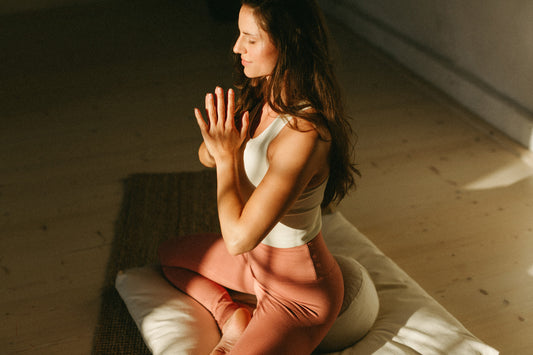
Those who are grateful have more space for happiness, serenity and contentment We live in abundance. Everything is available at all times and i...
Continue reading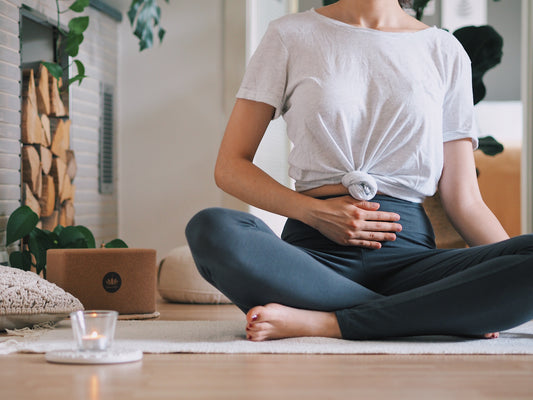
You already know that yoga and breathing are inseparable and have a lot of health benefits - in our blog post on pranayama we have already introdu...
Continue reading
There are no comments yet. Be the first to leave a comment!